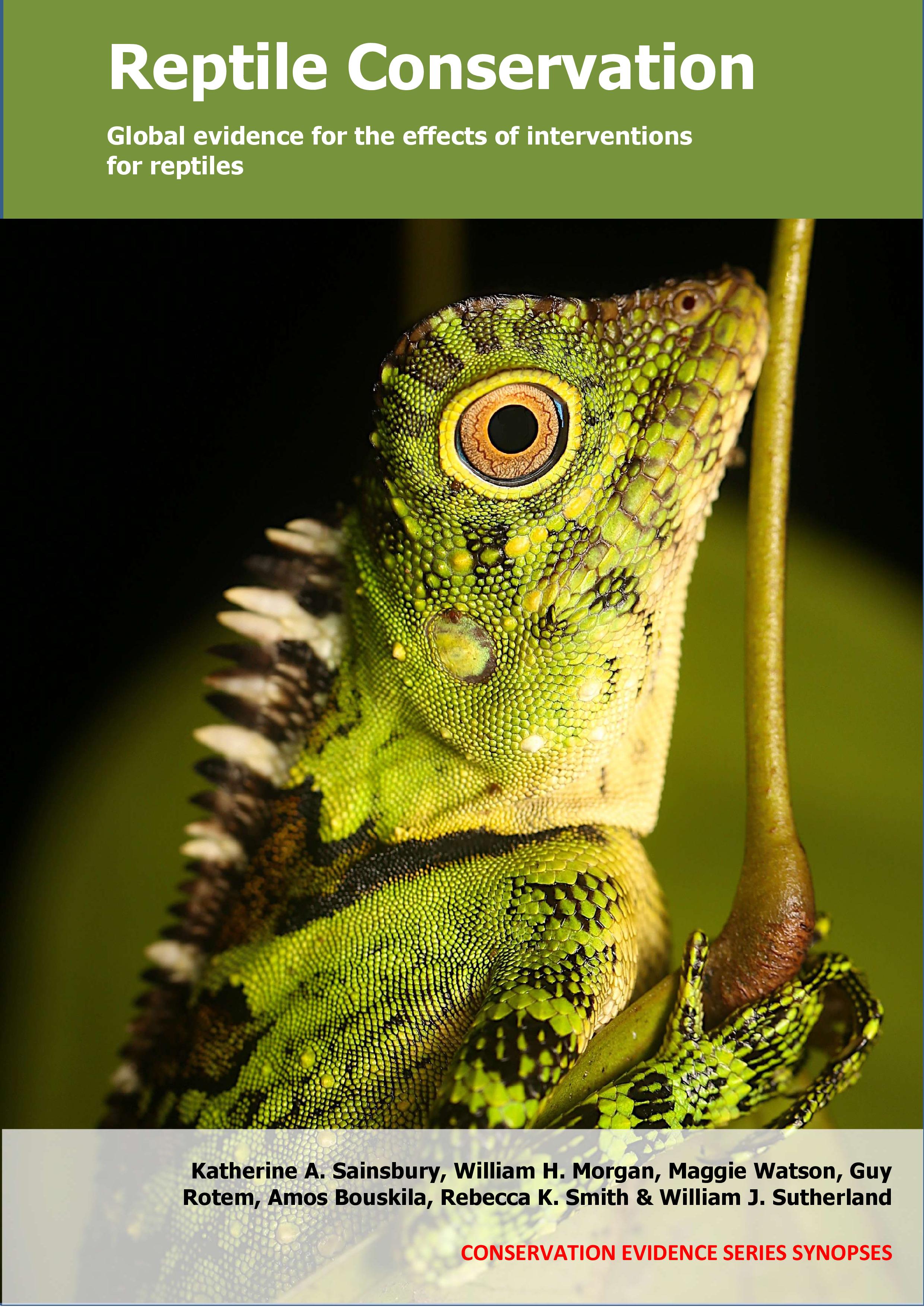Use collar-mounted devices to reduce predation by domestic animals
-
Overall effectiveness category Awaiting assessment
-
Number of studies: 2
View assessment score
Hide assessment score
How is the evidence assessed?
-
Effectiveness
not assessed -
Certainty
not assessed -
Harms
not assessed
Study locations
Supporting evidence from individual studies
A replicated, randomized, before-and-after study in 2005 in urban areas in Western Australia, Australia (Calver et al. 2007) found that putting a ‘CatBib™’ on domestic cats Felis catus to inhibit pouncing, with or without a bell, did not decrease capture rates of reptiles and amphibians (combined). There was no difference in the number of cats that caught reptiles and amphibians when they wore the ‘pounce protector’ (10/56 cats) compared to when the same cats did not wear one (15/56 cats). The number of reptiles and amphibians captured was similar when wearing the protector (0.5/cat, 29 individuals) compared to when not wearing one (0.7/cat, 38 individuals). Changing the colour of the pounce protector did not reduce capture rates (teal: 2–3 reptiles/amphibians caught; purple: 2–4 reptiles/amphibians). Adding a bell to the pounce protector did not reduce capture rates (with bell: 1–4 reptiles/amphibians caught; no bell: 2–3 reptiles/amphibians). Reptiles caught included native skinks, geckos and lizards. The CatBib™ pounce protector is a neoprene flap that hangs from a collar in front of a cat’s front legs, acting either as a visual warning or as a barrier to pouncing. Cats (male = 34, female = 28) were randomly allocated to one of four treatments: wearing a teal-coloured pounce protector, a teal pounce protector with a bell, a purple pounce protector, or a purple pounce protector with a bell. Cat owners monitored dead and live prey caught by cats for six weeks (three weeks each with and without the device) in November–December 2005. Half of the cats in each treatment were monitored wearing the device first followed by no device and the other half were monitored without the device first.
Study and other actions testedA replicated, randomized, controlled study in 2012–2014 in suburbs in Western Australia, Australia (Hall et al. 2015) found that cats Felis catus wearing ruff Birdsbesafe® collars brought home fewer reptile and amphibian prey (combined) compared to uncollared cats. Cats wearing Birdbesafe® collars brought home fewer reptiles and amphibians (red: 4 individuals, yellow: 2, rainbow: 1–26) than cats without collars (9, 8, 24–31). Collar colour did not significantly affect the reduction in reptiles and amphibians brought home, although overall captures of prey vertebrates with full colour vision (reptiles, amphibians and birds combined) were more reduced when rainbow-coloured collars were worn compared to vertebrates with limited colour vision (mammals). The effectiveness of red, yellow and rainbow-patterned Birdsbesafe® collars (5 cm wide ruff fitted over standard cat collars) were tested in 2012–2014 by randomly assigning colours to cats and monitoring prey captures for three-week periods with or without the collar (2012–2013: 39 cat households, 2013–2014: 43 new cat households). Only rainbow collars were tested in 2013–2014. Cat owners recorded dead and live prey captures.
Study and other actions tested
Where has this evidence come from?
List of journals searched by synopsis
All the journals searched for all synopses
This Action forms part of the Action Synopsis:
Reptile Conservation
Reptile Conservation - Published 2021
Reptile synopsis





)_2023.JPG)














